The European Space Agency’s (ESA’s) Mars Express recently captured striking images of what appeared to be a multitude of “spiders” moving around the southern polar region of Mars. However, the formations are not actual arachnids but rather a distinctive geological feature found on the surface of Mars.
ESA’s Recent Post On X
In their latest post, the ESA, asked the question, “Spiders on Mars?”
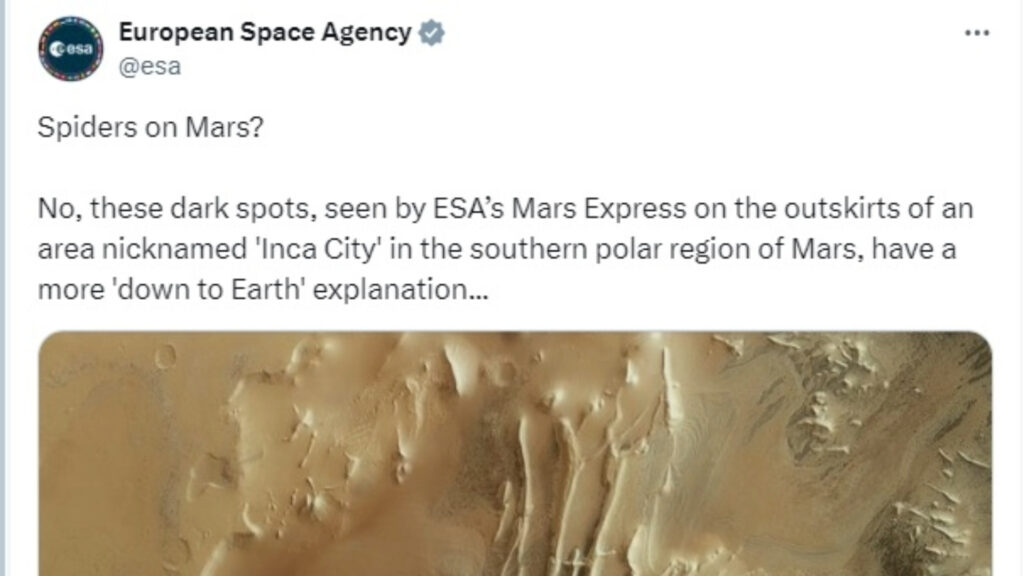
The post went on to state that those weren’t real spiders. The post said, “No, these dark spots, seen by ESA’s Mars Express on the outskirts of an area nicknamed ‘Inca City’ in the southern polar region of Mars, have a more ‘down to Earth’ explanation…”
The Phenomenon That Led To The Formations
According to a press release from the ESA, the Mars Express orbiter recently photographed the “spiders,” which are actually just small, dark features. These formations take shape when sunlight hits carbon dioxide deposits that accumulate over the cold winter months.
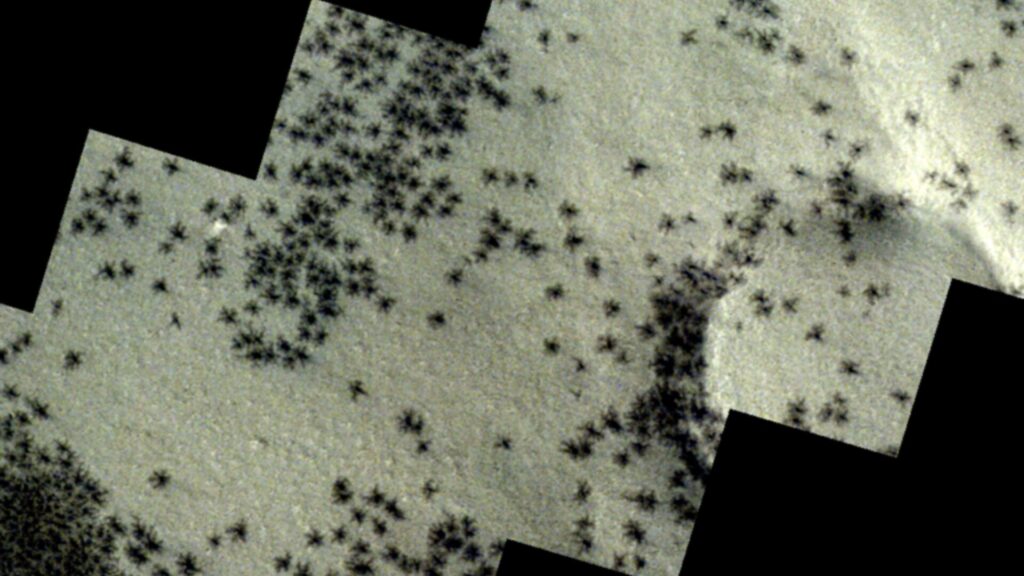
The sunlight triggers the transformation of the carbon dioxide ice at the base of the deposits and turns it into gas. Eventually, this gas erupts through the ice, which can be as thick as three feet. This creates geyser-like blasts of dust that settle on the planet’s surface.
Not As Small As They Appear From Space
Although these spots may appear small when viewed from space, they are quite large. According to the ESA, these patches can range in size from as small as 145 feet wide to potentially over half a mile wide at their largest.
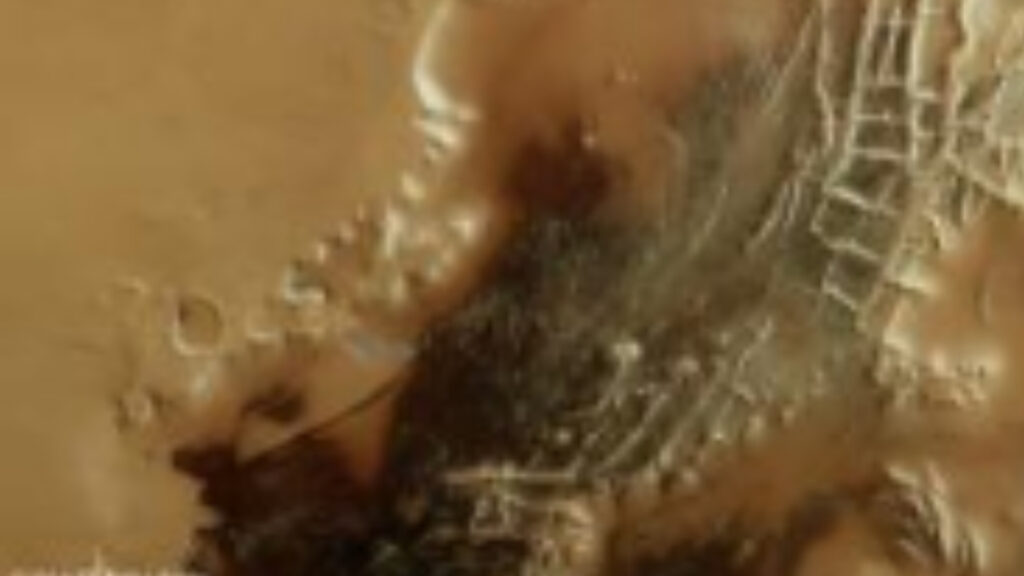
The ESA stated that under the larger spots, the arachnid-like pattern get etched into the surface beneath the carbon dioxide ice.
The Spider Patterns Were Detected by The ExoMars Trace Gas Orbiter
The spider patterns were detected by the ExoMars Trace Gas Orbiter that was launched in 2016 to investigate Mars for potential signs of previously existent life.
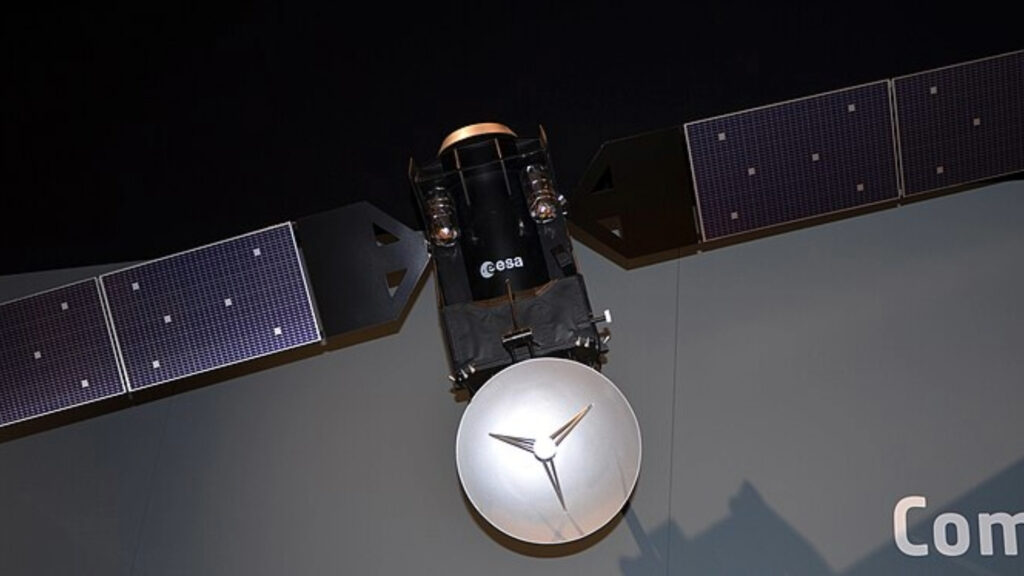
Most of the dark spots identified by the orbiter are situated on the periphery of a planet’s region dubbed as “Inca City.”
Resemblance To The Incan Ruins
The “Inca City” region of Mars is recognized for its linear, almost geometric ridges resembling the iconic Incan ruins.
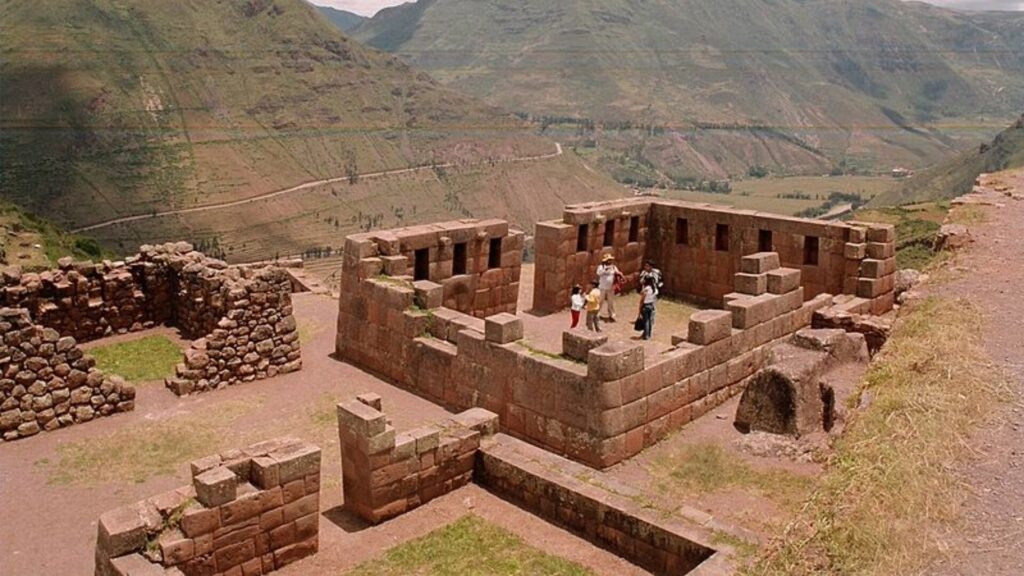
Originally spotted by a NASA probe in 1972, the “Inca City” area, also known as Angustus Labyrinthus, is located near the southern polar cap of the planet.
Scientists Don’t Know Yet How Inca City Was Formed
Researchers haven’t been able to understand yet how Inca City was formed.
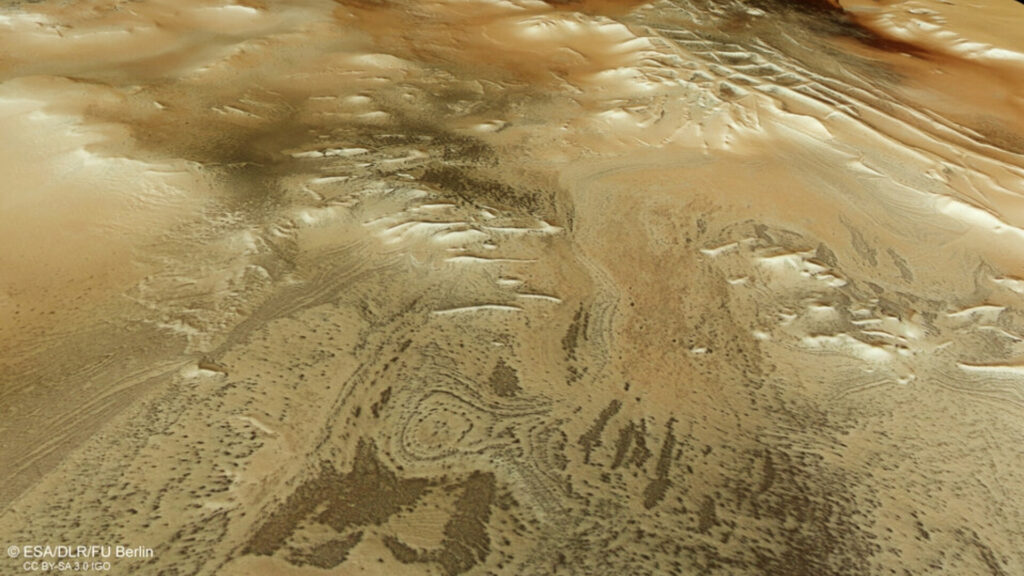
According to different hypotheses proposed so far, the Inca City formation may stem from the gradual petrification of sand dunes or the leakage of magma through fracture’s in Mars’ surface.
The Curious Features Of Inca City
Inca City showcases a plethora of interesting features, including enigmatic swirls reminiscent of marble patterns. It also has mounds with flat tops and hills with steep sides and flat summits, reaching heights exceeding 1500 meters above the adjacent landscape.

Additionally, the images revealed a ground blanketed in light-colored smooth-textured dust.
Another Alternative Theory Offers A Different Explanation
According to another alternative theory, Inca City could reside within the remnants of an ancient impact crater, where the aftermath of the collision may have led to the formation of faults in the nearby region.
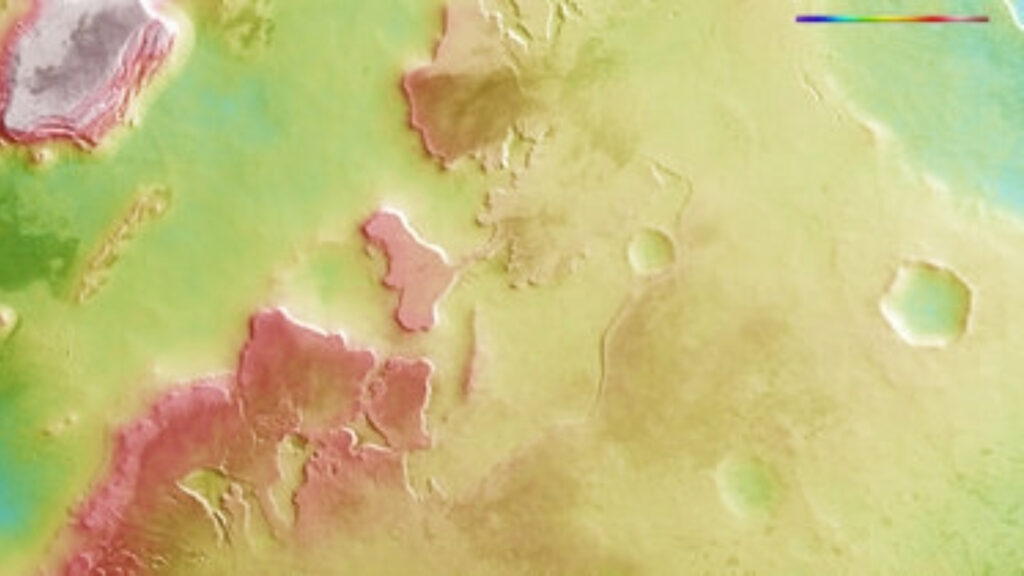
Subsequently, the leaking of lava through these faults could have sculpted the distinctive walls of the Inca City structure
The Spiders Aren’t The Only Peculiar Formation On Mars’ Surface
The spiders aren’t the only peculiar formations on the surface of Mars. In 2015, Mars’ Curiosity rover captured an odd spoon-shaped rock.
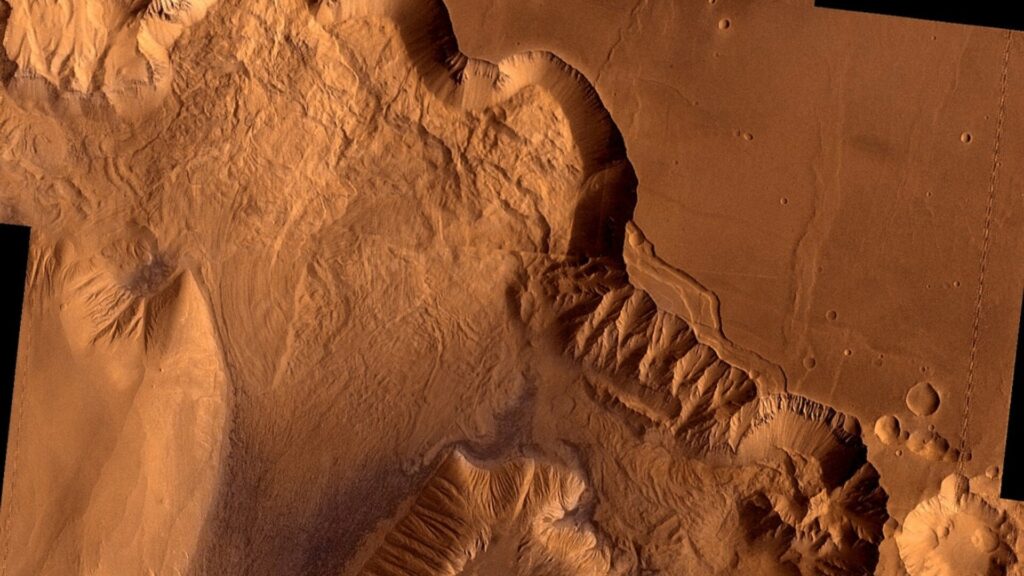
Back in 1976, the American Viking 1 orbiter and lander photographed a bizarre face-like feature on the planet’s surface.
Scientists Tested The Hypothesis Of How The Spiders Were Formed By Replicating The Phenomenon In A Laboratory
In 2021, scientists tested out the hypothesis of how the spiders were formed by replicating the phenomenon in a laboratory.

Scientists achieved success in recreating miniature versions of Martian spiders by employing dry ice and a special machine that can effectively simulate the atmosphere of Mars.
Statement Explaining How The Scientists Replicated The Phenomenon In A Laboratory
In 2021, Open University planetary scientist and lead study author Lauren McKeown, explained the conclusions of the experiment in a statement.

McKeown wrote, “The experiments show directly that the spider patterns we observe on Mars from orbit can be carved by the direct conversion of dry ice from solid to gas.”
Spring-Like Weather On Mars
NASA reports that Mars is presently encountering weather that resembles spring-time.
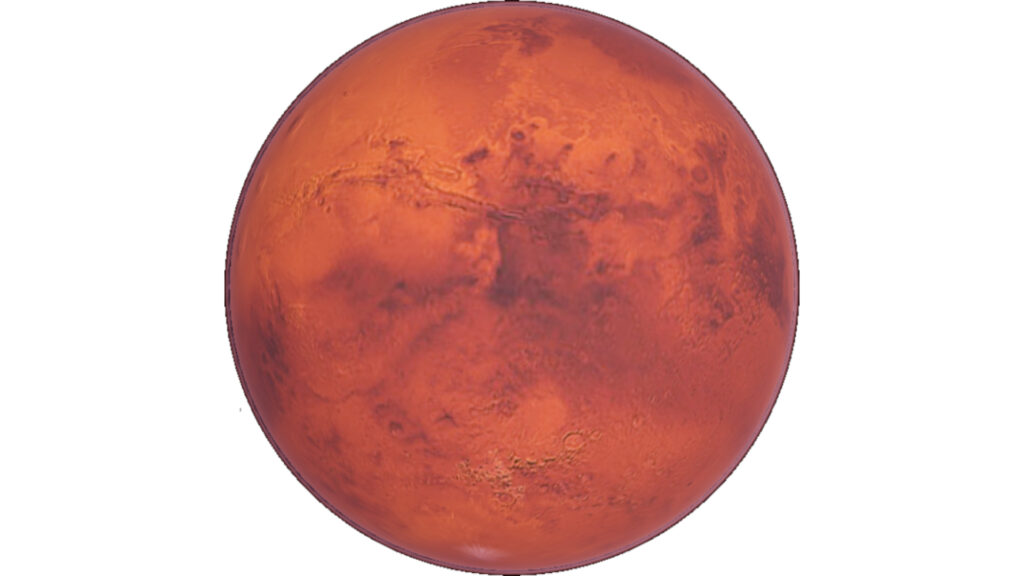
NASA also stated in a news release that its Curiosity Rover has been relishing the milder conditions on the planet, engaging in environmental surveillance and exploring Mars’ Gale Crater.
NASA’s Curiosity Rover Has Consistently Been Detecting Methane On Mars
From 2012 onwards, NASA’s Curiosity rover has consistently been detecting methane on Mars.
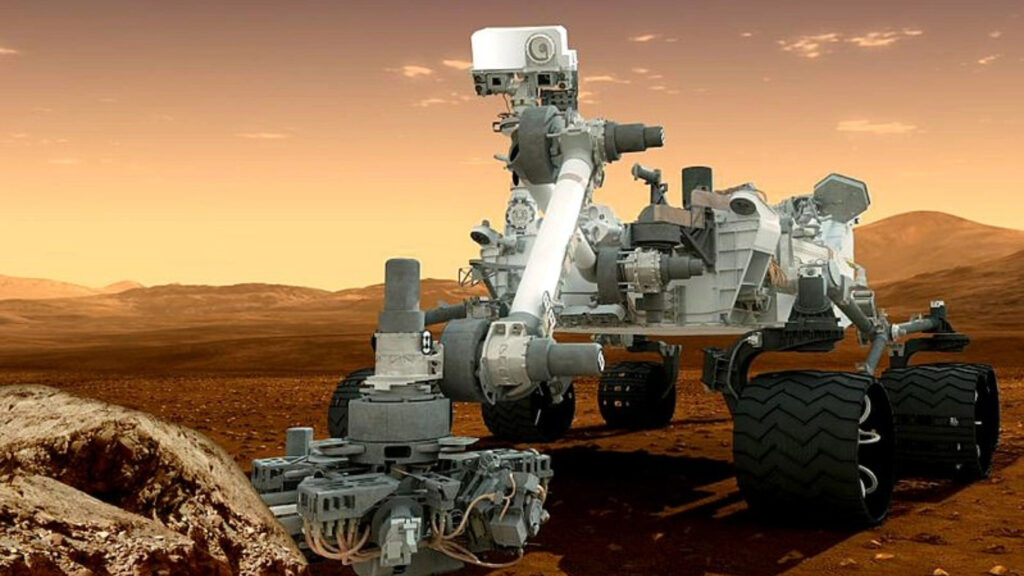
Methane is more prominently present in the vicinity of Mars’ landing site within the 96-mile-wide (154 kilometers) Gale Crater.
Erratic Behavior Of Methane On Mars
The behavior of methane on Mars has been quite erratic. The gas emerges solely at night and it fluctuates with the seasons. Methane sporadically surges to levels 40 times greater than what’s normal.

All this adds to the mystery as the gas is not significantly present in the upper atmosphere or Mars. It has also not been detected close to the surface in other regions of the Red Planet.


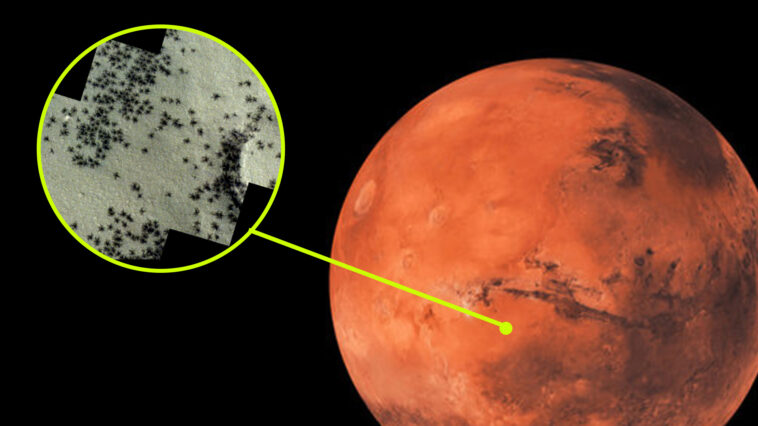


GIPHY App Key not set. Please check settings